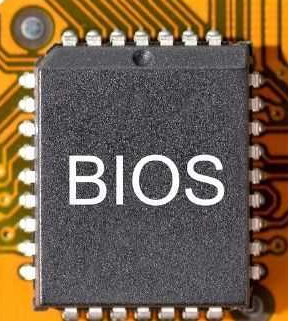How the Boot Process Works on a Computer

In this article, we explain how the boot process works on a computer, so that we can run a bootloader program on a computer.
A bootloader program is a program that can be loaded from the boot process on a computer.
The boot process is when you first turn on a computer and press a function key (this can vary from one type of computer to another), which then carries you to the computer's Boot Menu, where you can choose from a number of different hardware devices, such as the hard drive, CD-ROM drive, or a USB drive.
From any of these hardware devices, the computer can load and run the bootloader program.
So we will go over this full boot process works on a computer.
How the Boot Process Works
The boot process starts from the BIOS, which is a firmware found in ROM in the computer. <
The BIOS stands for Basic Input/Output System. It is a type of firmware stored on a chip called a BIOS chip in your computer's hardware, which is the first software that loads when the computer is started up. The BIOS initalizes the computer's hardware before booting an operating system from a hardware device, which by default is normally from the hard drive, but can be selected intentionally by a user to be from another device such as a CD-ROM or a USB drive. Many low-level system settings are only available in your BIOS.
So this BIOS program is executed directly from ROM in the computer's hardware.
It is this BIOS firmware that loads the bootloader program into memory.
The BIOs will then execute the bootloader program, which will then load the kernel. This will then allow for the execution of the OS.
So, all in all, this is a simplified description of how the boot process works.
A bootloader is simply a small program responsible for loading the kernel of an operating system.
When the computer first loads, it is in a mode called real mode. Real mode is limited in that it only provides access to 1MB of memory and it also runs only 16-bit code.
After the bootloader is run, the mode can then be converted from the limited real mode to protected mode, which gives us access to more memory, 4GB of memory space, and it can run 32-bit code.
So the job of a bootloader is convert the computer mode from the limited real mode to 32-bit protected mode and to execute the kernel of the operating system we want to run.
So, in summary, the BIOS is the software that loads
the bootloader into memory and runs it. The bootloader is the program
that we write that loads the operating system.
Related Resources
